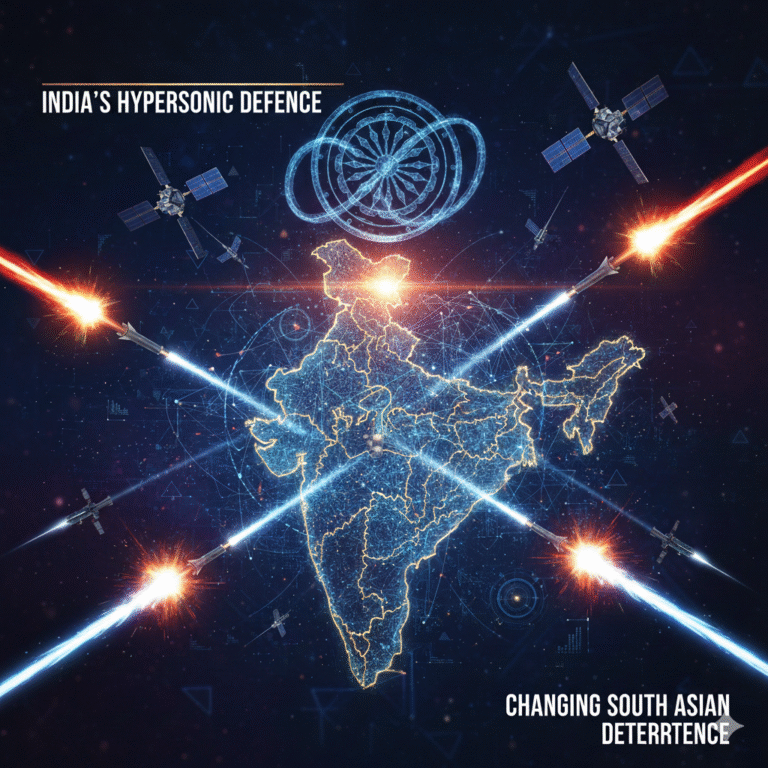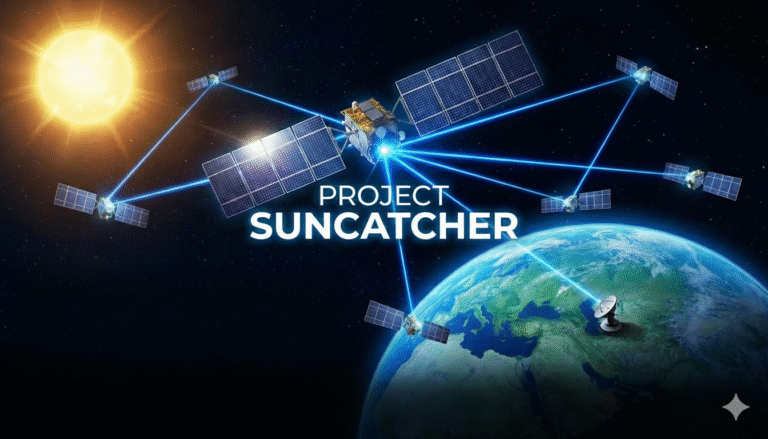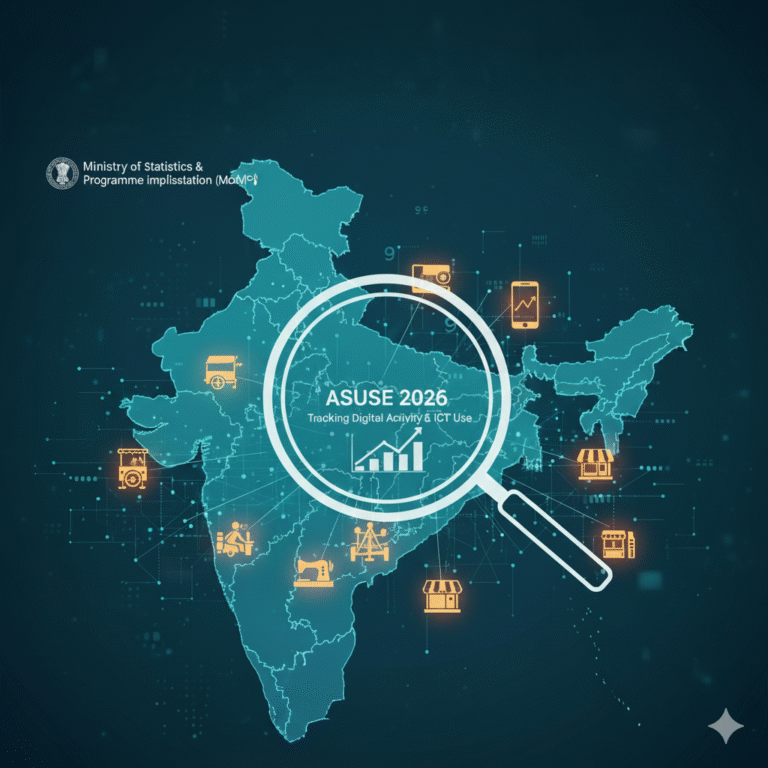Understanding US-Russia Relations in Global Context
The relationship between the United States and Russia represents one of the most consequential bilateral dynamics in international relations, fundamentally shaping global security architecture, nuclear stability, and the evolving world order. From the ideological confrontation of the Cold War to today’s complex great power competition, this relationship continues to influence everything from arms control treaties to energy markets, from cyber warfare to space militarization.
As we enter 2025, US-Russia tensions have reached levels not seen since the height of the Cold War. The ongoing Ukraine conflict, Putin’s nuclear threats, and the looming expiry of the New START Treaty in February 2026 underscore the urgent need to understand this relationship’s historical trajectory and future implications.
Key Highlights:
- New START Treaty expires February 5, 2026, risking unconstrained nuclear arms race
- NATO expanded from 16 to 32 members since 1991, doubling Russia-NATO border to 1,931 km
- Putin offered September 2025 one-year extension of nuclear limits as peace gesture
- China-Russia trade reached $240 billion in 2024, targeting $300 billion by 2030
- India imports 35-40% of crude oil from Russia despite US pressure and tariffs
Cold War Foundations: The Birth of Superpower Rivalry

The US-Russia rivalry traces its origins to the ideological chasm that emerged from World War II’s ashes. The Yalta Conference (February 1945) marked the beginning of tensions between the capitalist West, led by the United States, and the socialist East, dominated by the Soviet Union.
The Berlin Blockade (June 1948 – May 1949) represented the first major Cold War crisis, when Stalin attempted to force Western powers out of Berlin through economic strangulation. The Western response—the Berlin Airlift—demonstrated American commitment to containing Soviet expansion and established the pattern of superpower confrontation without direct military conflict.
However, it was the Cuban Missile Crisis (October 16-28, 1962) that brought the world closest to nuclear annihilation. The 13-day standoff over Soviet nuclear missiles in Cuba revealed both the dangers of nuclear brinkmanship and the mutual recognition that “a nuclear war cannot be won and must never be fought”.
The crisis’s resolution led to the Nuclear Test Ban Treaty of 1963, marking the beginning of arms control cooperation. Yet it also triggered a 25-year arms race as both superpowers sought to avoid future nuclear humiliation through military superiority.
Post-Cold War Transformation: From Partnership to Renewed Rivalry
The Soviet Union’s collapse in 1991 fundamentally altered the global balance of power, leaving the United States as the sole global superpower. Initial optimism about Russian integration into the Western-led order gradually gave way to mutual disappointment and renewed competition.
NATO’s eastward expansion emerged as a central source of tension. From 16 members in 1991 to 32 members by 2024, NATO’s growth included former Soviet states and Warsaw Pact allies, effectively doubling the Russia-NATO border from 708 to 1,931 kilometers after Finland’s 2023 membership.
Russian officials consistently argued that NATO had broken promises made during German reunification negotiations. As then-Secretary of State James Baker stated in 1990: “no extension of NATO’s jurisdiction for forces of NATO one inch to the east”. While Baker later clarified this referred only to East Germany, Moscow has steadfastly maintained broader assurances were given.
Vladimir Putin’s rise to power marked Russia’s transition from a declining regional power to an assertive challenger of the Western-led international order. Key milestones in this transformation include:
Georgia War (2008): Russia’s first post-Soviet military intervention demonstrated Moscow’s willingness to use force to maintain its sphere of influence
Crimea Annexation (2014): The seizure of Ukrainian territory marked the return of territorial conquest to Europe and triggered the first wave of comprehensive Western sanctions cgrs
Syria Intervention (2015): Russia’s Middle Eastern military return showcased its global reach and willingness to support authoritarian allies
Ukraine Invasion (2022): The full-scale assault on Ukraine represents the most serious challenge to European security since World War II, fundamentally altering US-Russia relations crisesgroup
Nuclear Arms Control: The Last Pillar of Cooperation
Despite deteriorating political relations, nuclear arms control remained a crucial area of US-Russia cooperation until recently. The New START Treaty, signed in 2010 and extended until February 2026, limits each country to 1,550 deployed strategic warheads.
However, this framework is now under severe strain. Russia suspended participation in New START in February 2023, citing Western military support for Ukraine. With both countries possessing the world’s largest nuclear arsenals—Russia’s ~4,380 warheads and America’s ~3,750 warheads—the treaty’s collapse could trigger an unconstrained arms race.
Putin’s September 2025 offer to voluntarily maintain New START limits for one additional year represents a potential diplomatic opening. As arms control expert Daryl Kimball noted, this is “a positive and welcome move” that could help address “the most existential security threat facing the world”.
The China Factor: Triangular Great Power Competition
The emergence of China as a strategic competitor has fundamentally altered US-Russia dynamics. The “no limits” partnership declared by Xi Jinping and Putin in February 2022, just days before Russia’s Ukraine invasion, signals a coordinated challenge to American global hegemony.
China-Russia cooperation has deepened across multiple dimensions:
Economic Integration: Bilateral trade reached $240 billion in 2024, with targets of $300 billion by 2030
Military Cooperation: Joint exercises, technology sharing, and defense trade have strengthened despite Western sanctions
Institutional Building: BRICS expansion from 5 to 10+ members and Shanghai Cooperation Organization growth promote an alternative “multipolar world order”
This partnership represents more than tactical convenience—it reflects shared opposition to the liberal rules-based international order and determination to create alternative governance structures.
India’s Strategic Balancing Act: Navigating Great Power Competition
India’s response to US-Russia tensions exemplifies the challenges facing middle powers in an increasingly polarized world. Despite growing US-India strategic partnership through initiatives like the Quad, India maintains its policy of strategic autonomy.
India’s Russia ties remain substantial:
- 60% of military hardware is Russian-origin, including the S-400 air defense system
- 35-40% of crude oil imports come from Russia despite Western sanctions
- Historical defense cooperation continues through joint ventures like BrahMos missiles
Yet India has also deepened US engagement:
- Quad participation in Indo-Pacific security cooperation
- Target of $500 billion bilateral trade by 2030 (from current $200 billion)
- Technology cooperation in critical sectors like semiconductors and defense
Trump’s 50% tariffs on Indian goods, partly due to Russia ties, demonstrate the growing pressure on India to choose sides. However, India’s abstentions on UN Ukraine resolutions and continued Russian energy purchases reflect its determination to maintain strategic autonomy.
Future Scenarios: Risks and Opportunities
The trajectory of US-Russia relations will significantly influence global stability and security architecture. Several scenarios emerge:
Escalation Risks:
- Unconstrained nuclear arms race if New START expires without replacement
- Cyber warfare escalation targeting critical infrastructure
- Arctic militarization with Russia planning 12 new bases near Finland
- Space domain competition and potential weaponization
Cooperation Possibilities:
- Selective engagement on global challenges like climate change and terrorism
- Crisis management mechanisms to prevent accidental escalation
- Arms control revival building on Putin’s New START extension offer
India’s Policy Implications: Navigating Multipolarity
For India, US-Russia tensions present both challenges and opportunities:
Strategic Considerations:
- Defense diversification to reduce over-dependence on any single supplier
- Energy security through multiple partnerships while managing Western pressure
- Technology access from both Western and non-Western sources
Diplomatic Balancing:
- Issue-based partnerships rather than bloc alignment
- Multilateral engagement through QUAD, BRICS, and SCO simultaneously
- Crisis management to prevent regional spillover effects
The Way Forward: Pragmatic Engagement in a Multipolar World
Resolving US-Russia tensions requires pragmatic diplomacy that acknowledges legitimate security concerns while preventing dangerous escalation. Key recommendations include:
Arms Control Revival: Extending New START and negotiating comprehensive successor agreements covering all nuclear weapons types
Crisis Prevention: Establishing communication channels and confidence-building measures to prevent accidental conflict
Multilateral Frameworks: Utilizing international institutions to manage competition and coordinate responses to global challenges
Regional Stability: Addressing European security architecture through inclusive dialogue that considers all stakeholders’ concerns
The cyclical nature of US-Russia relations—from wartime alliance to Cold War rivalry to post-Soviet cooperation to renewed competition—suggests that current tensions, while serious, are not necessarily permanent. Historical precedent shows that even adversarial superpowers can find common ground when existential interests align.









+ There are no comments
Add yours